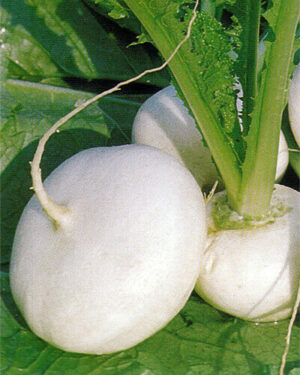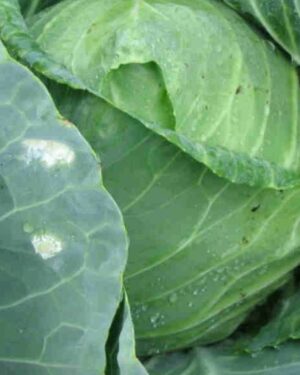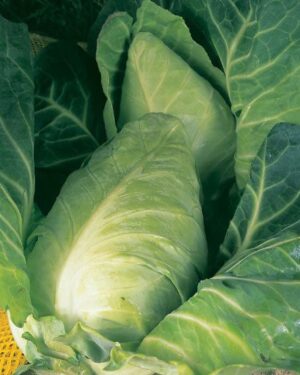Description
Green Manure Crimson Clover Organic
Green Manure Crimson Clover Organic is recommended as a green mature for both smothering weeds and fixing nitrogen. It has deep roots that penetrate the soil and bulky foliage that once dug in improves soil structure. Good resistance to low temperatures. Ideal sown the autumn prior to brassicas in a crop rotation plan to release nitrogen to the leafy green crops. (25gm packet is suitable for approximately 8 square metres)
Cultivation Advice
- Sow crimson clover seeds in late summer to early fall for most regions. It establishes well in cooler temperatures.
- Select well-draining soil with moderate fertility. Clear the area of weeds before planting to reduce competition for resources.
- Broadcast the seeds evenly over the prepared soil. Lightly rake or cover the seeds with about ¼ to ½ inch of soil.
- Crimson clover establishes quickly and produces vibrant red flowers in spring. Its dense growth suppresses weeds and protects the soil.
- Like other legumes, crimson clover fixes nitrogen in the soil through its root nodules, enhancing soil fertility.
- When the crimson clover is cut down or tilled into the soil before flowering, it releases nitrogen and organic matter, benefiting subsequent crops.
- Avoid synthetic fertilizers or pesticides. Crimson clover is relatively pest-resistant and disease-tolerant.
- Cut crimson clover before it sets seeds but after it has reached full growth. Incorporate it into the soil as green manure before flowering for optimal nitrogen release.
- Consider using the cut clover as a mulch layer on the soil surface. This adds organic matter and helps retain moisture.
- Rotate crops or plant another cover crop after crimson clover to diversify soil nutrients and prevent pest and disease buildup.
- Crimson clover prefers slightly acidic to neutral soil (pH 6.0 to 7.0). Conduct a soil test to adjust pH if necessary before planting.
- Optimal seeding rates vary but generally range from 15 to 20 pounds per acre for crimson clover. Adjust seeding rates based on specific soil conditions and desired coverage.
- Crimson clover’s vibrant red flowers attract bees and other pollinators, making it a valuable addition to support biodiversity and pollination in your garden or farm.
- Crimson clover can also serve as forage for livestock if managed appropriately. It’s highly nutritious and palatable, providing quality grazing material.
- Crimson clover exhibits good cold tolerance but might not survive severe frost. In regions with harsh winters, it may be best to plant it as a winter annual and reseed as needed.
- The dense growth of crimson clover helps control erosion on slopes and prevents soil runoff, making it beneficial in areas prone to erosion.
- In some cases, crimson clover can reseed itself if allowed to mature and drop seeds naturally, offering potential volunteer plants for the following growing season.
- While crimson clover prefers adequate moisture, it demonstrates some drought tolerance once established. However, consistent moisture levels support optimal growth.
- When incorporating crimson clover into the soil, minimize soil disturbance to preserve soil structure and microbial activity. Reduced tillage techniques can be beneficial.
- Experiment with crimson clover cultivation, observe its effects on soil health, and adapt methods based on your observations and experiences for improved outcomes.
- Crimson clover’s nitrogen-fixing ability benefits subsequent crops by making nitrogen available in the soil. This reduces the need for additional nitrogen fertilizers in the following planting season.
- While crimson clover prefers well-drained soil, ensure it receives adequate moisture, especially during establishment and initial growth stages. Consistent watering promotes healthy growth.
- When using crimson clover as green manure, aim to incorporate it into the soil while it’s still green and actively growing but before it sets seeds to maximize nitrogen release.
- Determine the duration you want crimson clover to cover your soil. It can be used as a shorter-term cover crop or left for an extended period, depending on your soil improvement goals.
- Purchase high-quality, certified organic crimson clover seeds from reputable sources to ensure purity, germination rates, and compliance with organic standards.
- As with any cover crop, adapt your cultivation practices based on local conditions and observations. Experimentation and continuous learning help refine your approach over time.









Reviews
There are no reviews yet.